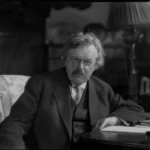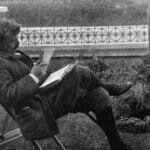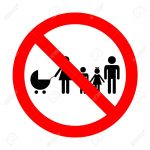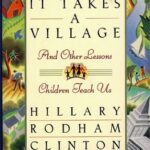A review of Marriage: Just a Piece of Paper? Edited by Katherine Anderson, et. al.
Eerdmans, 2002.
On Valentines Day 2002 the PBS in America featured a one-hour documentary examining the status of marriage and family. This is the companion volume to that film, featuring leading marriage and family experts along with the stories, testimonials and recollections of many ordinary Americans. Taken together it provides a fascinating and incisive portrait of the related issues of marriage, divorce, parenting and family in contemporary American life.
The book features a number of perspectives, including those who argue for gay marriage and easy divorce. But probably a majority of contributors recognise (academically or experientially) that marriage and family are troubled institutions today, and they are in need of help and support.
Many of the articles are quite good, from a pro-marriage and pro-family point of view. A number of experts more or less supporting such a view are featured, including David Blankenhorn, Wade Horn, Judith Wallerstein, David Popenoe, Linda Waite and William Galston.
Many of their insights alone are worth the price of the book. For example, Wade Horn’s article on fatherhood is an important contribution, given all the problems we have in this area: “Fatherlessness is not a small problem. It’s a big problem. Four out of ten kids today will go to sleep in a home without their father present – four out of ten. That’s twenty-five million children. Big problems demand big solutions. We think the only way we’re going to successfully turn this trend around is by helping to stimulate a social movement, a society-wide movement on behalf of the institution of fatherhood, not just for the benefit of fathers but for the benefit, primarily, of children.”
And the well-documented evidence is quite clear: children are hurt by father absence. Indeed, children are hurt by divorce. And the hurt goes on for decades. Judith Wallerstein, who has studied children for three decades after their parent’s divorce knows this all too well:
“I’ve come to the conclusion that the major impact of divorce is really in adulthood. The early reaction is very painful, but it fades after a few years if the family is reasonably functioning. . . . [Children] have trouble in their third decade of life, in their twenties, in knowing what they are looking for in a man or a woman, in believing that they can keep it together, in believing that they can have a lasting relationship. Their fear of failure is very powerful – as powerful (and this is their conflict) as their intense wish to do better than their parents did.”
And marriage is what best protects children. As David Popenoe reminds us, “biology was never enough to hold a father to the mother-child bond. That’s why every society has set up the institution of marriage – virtually every society – and they did it for this purpose of holding the father to the mother-child bond. They realized that the outcome for the children would be better.”
David Blankenhorn reminds us that marriage is more than just a private relationship. It is also a public institution. Marriage affects not just the couple, but the in-laws, children, and society as a whole. And marriage has even more far-reaching importance:
“Cherishing freedom and a free society doesn’t just come from nowhere. It’s dependent upon certain ways of thinking and living. The founders were very clear that a free society cannot exist without some notion of virtue among the people and certain ways of living that are based on responsibility and cooperation. A very interesting question is, how do men and women find a common life together, and how do they raise the next generation? If we’re unsuccessful and we don’t produce competence and character among the rising generation, then the notion of freedom itself becomes jeopardized.”
And it is not just the conservatives who make such claims. Democratic Senator Joseph Lieberman from Connecticut, for example, is also aware of these truths: “Let me step back and say the reason the state has an interest in marriage. . . . One of the great responsibilities of a society is how to produce the next generation that will continue and be good citizens, and be self-sufficient? The best way to do that is in a two-parent, mother-father family. So we want to do whatever we can to encourage that.”
In addition to the experts, many of the testimonies from ordinary Americans also strongly make the case for marriage and the natural family. Some of the heartbreaking tales of the impact of divorce on children for example are worth recounting. One mother offers this perspective on how her four kids responded to their parents’ divorce:
“They are breaking down under the pressure. My oldest son is very, very angry. I can see him exhibiting a lot of the same controlling behavior and a lot of the same anger as my husband. My oldest daughter is in enormous trouble at school and legally. She is just acting out in every which way, everything that she can do at this point. Running away, substance abuse, and who knows? She’s making some real dangerous choices right now. My other daughter, who is eleven and was my sunshine girl – sweet, loving – is hateful and spiteful and has turned into really a completely different personality. My youngest, who is seven and obviously still very young, has become very unmanageable – just will not comply. Simple things like, ‘Please pick up your toy’ – he kicks, he spits, he bites. It’s real scary. It’s very scary.”
Other stories could be recounted. But as this book makes clear, marriage is still very important for the overwhelming majority of Americans. And the institution of marriage is being severely tested these days. This collection of articles, stories and essays shows that marriage is more than just a piece of paper.
[959 words]



















